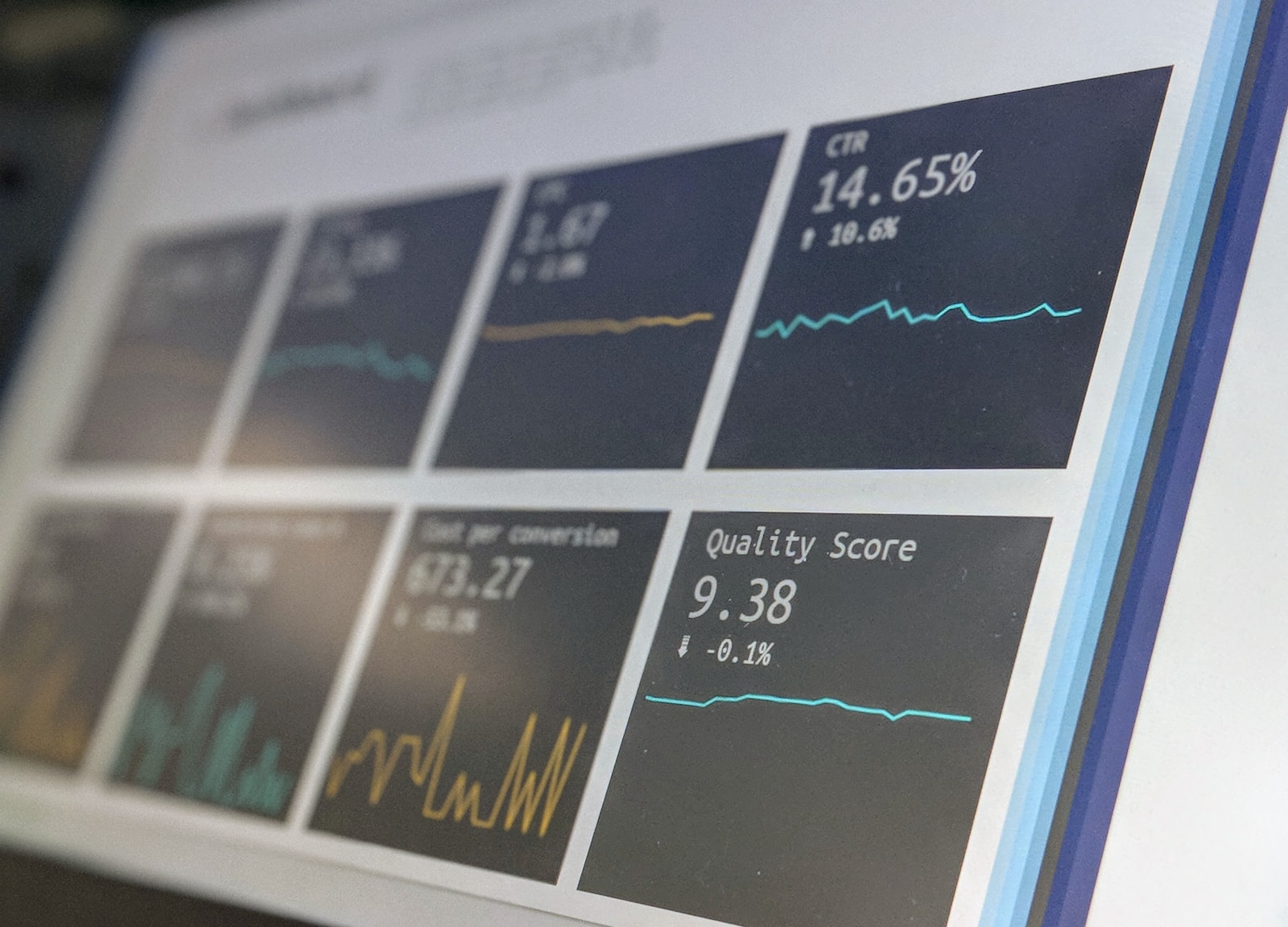The usefulness of benchmarks in portfolio management.
A safeguard? Performance marker? Investment universe? Marketing argument? What is the real purpose of a benchmark? And what does this notion cover that we find in day-to-day portfolio management as well as at the heart of stock exchanges and markets?

An attempt at a definition
Applicable to all fields of activity, benchmarking is above all a comparison tool. It is a tool which enables the performance of a company, a service, or a product to be evaluated in relation to other market players and their offer. Transposed to finance, benchmarking – or reference indexing – is a measure of a performance level of a fund, class, or group of assets. It thus becomes a reference indicator offering the possibility of evaluating the profitability of an investment. It also serves as a template for analysing the risks associated with a particular security or investment.
Composition of a reference index
SMI, DAX, Nikkei, S&P 500, CAC 40, Dow Jones, Stoxx, MSCI… if these terms sound barbaric to some, they cannot be ignored by finance professionals. These reference indexes in effect serve as financial barometers. They reflect the evolution, trends and average price fluctuation of an asset class: for the SMI (Swiss Market Index), for example, we will find the shares of the 20 largest Swiss companies; for the S&P500, the 500 most powerful American companies. This reference tool changes very little. However, changes may occur for technical calculation or revaluation reasons. In September 2021, for example, Logitech replaced Swatch Group in the SMI basket. But this kind of announcement is still rather rare.
For a manager who invests in a single asset class, benchmarking is an index or tracker similar to his investment universe. But when he is interested in several asset classes (multi-asset), a more refined construction is required. In this situation, the benchmark can be composed of reference indexes on par with the different asset classes and based on a weighting that the investor considers to be “neutral”. This weighting is defined according to the desired risk profile. The components must of course be indices in line with market development and not actively managed investment funds.
Benchmarking from a risk perspective
Once the benchmark has been defined, the simulation work can begin. As stated above, a reference index can also be used to manage risks. In effect, once the portfolio has been allocated, the weightings of the asset classes can be subject to deviations. By under or over-weighting an asset class, for example, a bet is taken on whether the market will perform better or worse. The other risk to be faced concerns the selection of instruments. Choosing an actively managed fund such as an ETF or directly allocating investments changes the behaviour of the portfolio in relation a benchmark.
Then, by taking stock of these divergences, the manager can assess the risks he is taking. He therefore avoids blind spots in the positioning of his portfolio which could certainly reflect his convictions, but whose risks would be too great in the long run. On this point in particular, benchmarking acts as a safeguard.

Beating the benchmark
Beating the benchmark is every manager’s goal. The goal is reached when the final performance of the portfolio exceeds that of its reference value. To achieve this, each instrument in the portfolio must beat its index, whether this is downwards or upwards. To achieve this, each instrument in the portfolio must beat its index, whether this is downwards or upwards.
Within this context, whilst it is of course crucial to move towards greater equality, it is also essential to work on awareness and on the lifting of obstacles to investment so that men and women alike can draw the best from their assets in the long-term. There are male and female financial advisors out there to help with this, and who allow us to better understand the workings of the markets, but also to optimise our investments. This help can also prove valuable when it comes to planning retirement, managing your tax or inheritance issues or even when drawing up a financial budget which is suited to your life plans. So you don’t need to be a man to take an interest in your future.
A tool for dialogue with the client
In the manager-client relationship, benchmarking facilities dialogue since it gives the manager a comparison tool for explaining overperformance or underperformance, whether by instrument or by asset class. It also provides a means of reporting on the investor’s choices and views. Faced with the arguments of his manager, the client has, through benchmarking, a tool for assessing the abilities of his partner to select good products, but also to position himself effectively on the markets. He can then draw his own conclusions and decide whether to pursue passive management or opt for more dynamic and active management.
Telomere Capital’s practice
At Telomere Capital, we are convinced that management based on reference indices has many advantages. Firstly, it favours the long term, as the construction of a benchmark reflects the views of the investment committee over five or ten years. It also ensures, in line with our primary mission, better capital protection. Indeed, it is easier to effectively monitor risks and asset trends by using a reference market. For example, if an underperformance is noted, we make sure that the security in question corresponds well to our convictions in order to then assess its potential for overperformance. In this context, daily monitoring of investments is essential: in order to avoid letting certain positions deviate too much from their point of comparison and manage risks more actively.
Mandate performance is also one of our priorities. This is why we seek to implement strategies aimed at outperforming other banks in the market. As a result, mandates in line with our benchmark offer very competitive performances. Also, in this context, working with a benchmark allows us to guarantee good risk management, and also to preserve capital and make it grow by always having clear and transparent explanations on hand for our clients on the performances achieved.
Then, by taking stock of these divergences, the manager can assess the risks he is taking. He therefore avoids blind spots in the positioning of his portfolio which could certainly reflect his convictions, but whose risks would be too great in the long run. On this point in particular, the benchmark acts as a safeguard.

You may also like
Telomere Capital Joins ISFB
Telomere Capital has recently joined ISFB as an institutional member. On this occasion, Petra Kordosova, Head of Human Resources, discusses the motivations behind this membership.
Market Update – July 2025
June was anything but quiet, yet markets chose to look through the noise. Global equities added another 4-5% for the month, pushing the MSCI ACWI to a double-digit gain year-to-date.
Télomère participates in Bloomberg Women in Finance
Télomère was pleased to take part in the Bloomberg Women in Finance event, an essential moment dedicated to advancing women’s presence and impact in the financial sector.



